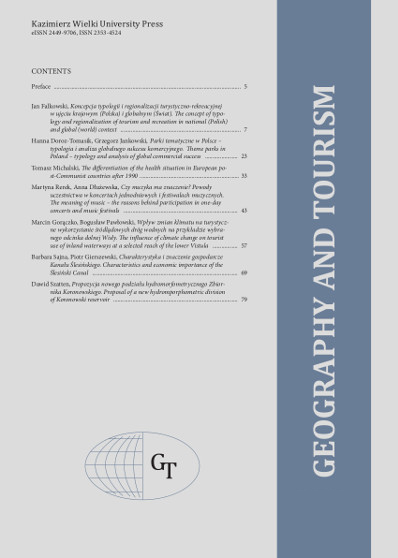The origin of the Great Lakes Basin, Western Mongolia: not the super flooding, but glaciated super valley
Keywords:
Great Lakes Basin , Pleistocene global glaciation, “knock and lochan ” topography, rock drumlin, glaciated super valley, Sharga basin, Lake ValleyAbstract
Research on Morphology and genesis of the Great Lakes Basin in western Mongolia were taken relatively rarely in recent years. The present study combines the results of previous work with modern analysis of photographs and satellite images. The theory of Pleistocene glaciation which took vast areas of the northern hemisphere became the basis of the new approach. Glaciation covered the area from northwestern Mongolia to Mongolian Altai, Khangai and Khuvsgul mountain ranges. At that time, the ice sheet has also taken the Great Lakes basin area, which was characterized by morphology inherited from the Mesozoic era. Today, the Great Lakes Basin is like a large valley transformed by the ice sheet where “knock and lochan” topography (scoured region) and rock drumlins lie in its central part. Huge meltwater flow formed Sharga subbasin as a super kettle hole by erosion and formed a large basin or big lakes in Lake Valley.Downloads
Published
2015-06-01
Issue
Section
Articles
How to Cite
The origin of the Great Lakes Basin, Western Mongolia: not the super flooding, but glaciated super valley. (2015). Geography and Tourism, 1(3), 39-47. https://czasopisma.ukw.edu.pl/index.php/gat/article/view/34

